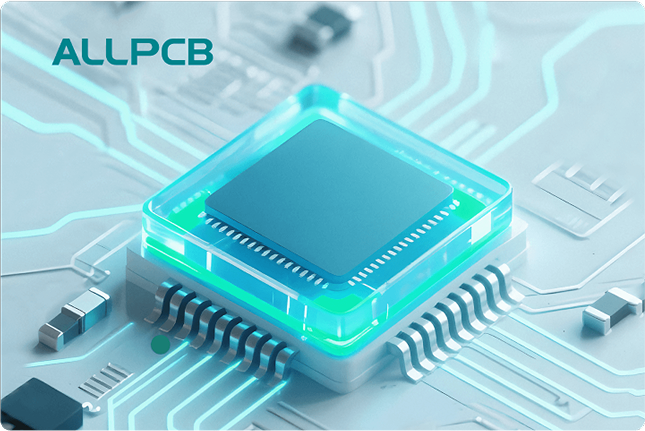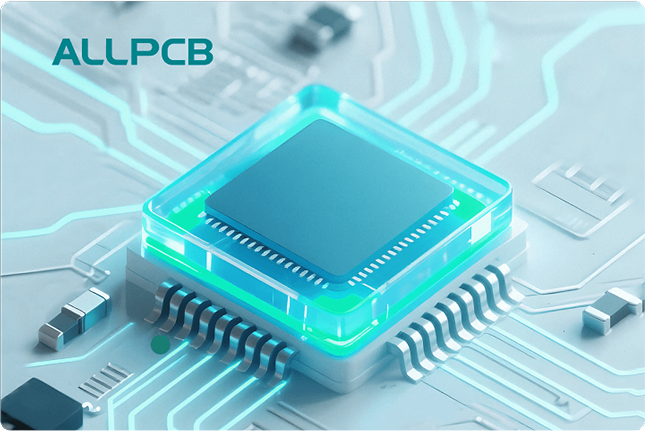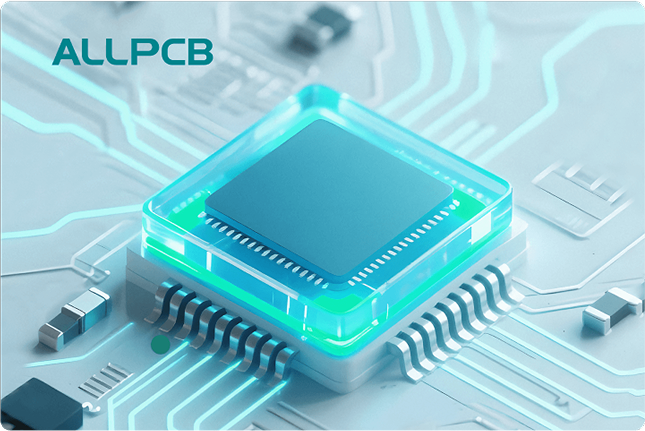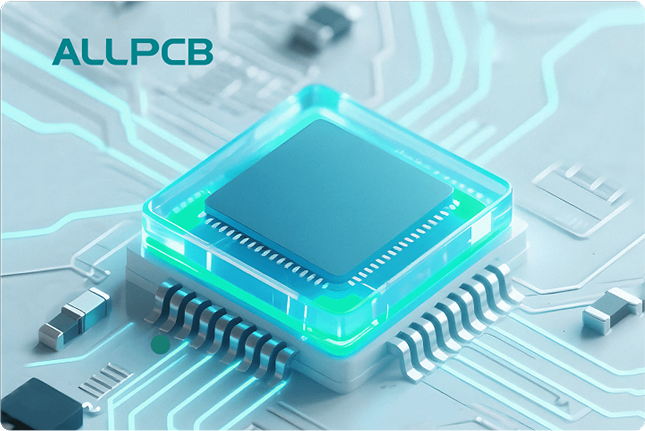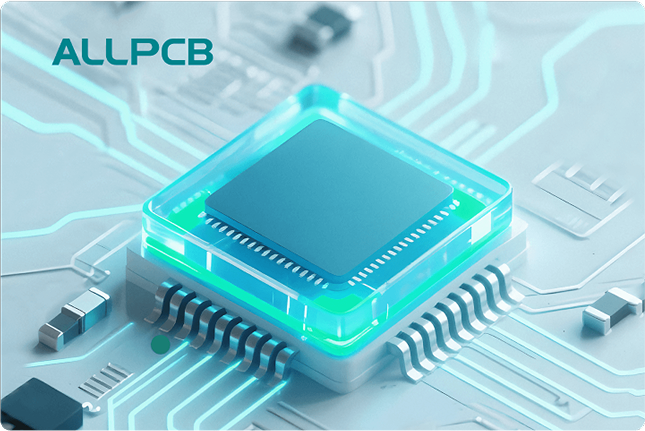In the world of printed circuit board assembly (PCBA), protecting electronic components from environmental hazards is critical for ensuring reliability and longevity. One of the most effective ways to achieve this is through conformal coating, a protective layer applied to PCBAs. If you're wondering how to select the right conformal coating type for PCBA, or want to understand conformal coating types, chemical properties, and curing mechanisms, you're in the right place. This guide will walk you through everything you need to know about material mixing and PCBA, with a focus on conformal coatings to help you make informed decisions for your projects.
At its core, selecting a conformal coating for PCBA involves understanding the specific needs of your application, the types of coatings available, and their properties. In this blog, we'll dive deep into these topics, providing actionable insights for engineers and manufacturers looking to enhance the durability of their electronic assemblies.
What Is Conformal Coating and Why Is It Important for PCBA?
Conformal coating is a thin protective layer, typically made of polymeric material, applied to a printed circuit board assembly (PCBA) to shield it from environmental factors such as moisture, dust, chemicals, and temperature extremes. This coating "conforms" to the irregular shape of the board and its components, creating a barrier that enhances dielectric resistance and operational reliability.
Without a proper coating, PCBAs are vulnerable to corrosion, short circuits, and performance degradation, especially in harsh environments like automotive, aerospace, or industrial settings. For instance, moisture can cause electrical failures by creating conductive paths between components, while thermal shock can lead to cracking or delamination. Conformal coatings mitigate these risks, extending the lifespan of the assembly by up to 50% in some cases, depending on the environment and coating type.

Understanding Conformal Coating Types for PCBA
When it comes to PCBA board coating types, there are several options available, each with unique characteristics suited for different applications. Below, we explore the most common conformal coating types to help you understand their strengths and limitations.
1. Acrylic Resin (AR)
Acrylic coatings are among the most widely used due to their ease of application and removal. They offer excellent protection against moisture and have good dielectric properties, typically with a dielectric strength of around 80-100 kV/mm. However, they are less resistant to chemicals and high temperatures, making them ideal for general-purpose applications in moderate environments.
2. Silicone Resin (SR)
Silicone coatings excel in high-temperature environments, withstanding ranges from -55°C to 200°C. They are flexible and provide good protection against moisture and vibration, which is crucial for automotive or aerospace PCBAs. Their dielectric strength is slightly lower than acrylics, often around 50-70 kV/mm, but their thermal stability makes them a top choice for extreme conditions.
3. Epoxy Resin (ER)
Epoxy coatings are known for their durability and resistance to chemicals and abrasion. They form a hard, rigid layer with a dielectric strength of about 60-80 kV/mm, making them suitable for harsh industrial settings. However, their rigidity can be a drawback in applications requiring flexibility, as thermal expansion may cause cracking.
4. Polyurethane Resin (UR)
Polyurethane coatings strike a balance between flexibility and chemical resistance. They are tougher than acrylics and can handle moderate temperature swings, typically between -40°C to 120°C. With a dielectric strength of 70-90 kV/mm, they are often used in applications where both mechanical stress and chemical exposure are concerns.
5. Parylene
Parylene is a unique coating applied through a vacuum deposition process, resulting in a uniform layer as thin as 0.1 to 76 micrometers. It offers exceptional dielectric strength (up to 200 kV/mm) and resistance to moisture and chemicals. However, its application process is complex and costly, making it suitable for high-reliability applications like medical devices.

How to Select the Right Conformal Coating Type for PCBA
Choosing the appropriate conformal coating for your PCBA is a critical decision that can impact the performance and reliability of your electronic assembly. Here are the key factors to consider when selecting a coating type:
1. Environmental Conditions
Assess the operating environment of your PCBA. Will it be exposed to high humidity, extreme temperatures, or corrosive chemicals? For example, silicone coatings are ideal for high-temperature environments, while epoxy or polyurethane may be better for chemical exposure in industrial settings.
2. Electrical Requirements
Consider the dielectric strength and insulation resistance needed for your application. Parylene offers the highest dielectric strength, making it suitable for high-voltage applications, while acrylics are sufficient for standard consumer electronics with lower voltage requirements.
3. Mechanical Stress
If your PCBA will experience vibration or thermal expansion, flexibility is key. Silicone and polyurethane coatings provide better flexibility compared to rigid epoxy coatings, reducing the risk of cracking under stress.
4. Application and Rework Needs
Think about how the coating will be applied and whether rework might be necessary. Acrylic coatings are easy to apply and remove, making them ideal for prototypes or products requiring frequent maintenance. Parylene, on the other hand, requires specialized equipment and is difficult to rework.
5. Cost and Production Volume
Budget constraints and production scale can influence your choice. Acrylic and polyurethane coatings are cost-effective for high-volume production, while parylene is more expensive and better suited for low-volume, high-reliability projects.
By carefully evaluating these factors, you can narrow down the best conformal coating type for your specific PCBA application, ensuring optimal protection and performance.
Conformal Coating Chemical Properties: What You Need to Know
The effectiveness of a conformal coating largely depends on its chemical properties, which determine how well it protects against environmental threats. Let’s break down some of the critical chemical characteristics of these materials:
1. Moisture Resistance
Most conformal coatings are designed to repel water, preventing short circuits and corrosion. Silicone and parylene coatings, for example, have low water absorption rates (less than 0.1% by weight), making them highly effective in humid conditions.
2. Chemical Resistance
Coatings like epoxy and polyurethane resist solvents, acids, and alkalis, which is essential for PCBAs exposed to industrial chemicals. Acrylic coatings, however, may degrade under prolonged chemical exposure, limiting their use in such environments.
3. Thermal Stability
The ability to withstand temperature fluctuations is a key chemical property. Silicone coatings maintain their integrity across a wide temperature range (-55°C to 200°C), while acrylics are limited to a narrower range (typically -40°C to 120°C).
4. Dielectric Properties
Conformal coatings must provide electrical insulation to prevent leakage currents. Parylene stands out with a dielectric constant of around 2.6-3.1, offering superior insulation compared to silicone (around 2.8-3.5) or epoxy (3.5-4.0).
Understanding these chemical properties helps in matching the coating to the specific challenges your PCBA will face, ensuring long-term reliability.
Conformal Coating Curing Mechanisms: How They Work
The curing process is a crucial step in conformal coating application, as it determines how the material transforms from a liquid or semi-liquid state into a solid protective layer. Different coatings use different curing mechanisms, each with its own advantages and considerations.
1. Thermal Curing
Thermal curing involves applying heat to harden the coating. Epoxy and some polyurethane coatings often use this method, requiring temperatures between 60°C and 120°C for 20-60 minutes. This process ensures a strong, durable layer but may not be suitable for heat-sensitive components.
2. UV Curing
UV-curable coatings, often acrylic-based, harden when exposed to ultraviolet light. This process is fast, taking only seconds to minutes, and is energy-efficient. However, it requires specialized equipment and may not fully cure in shadowed areas of complex PCBAs.
3. Moisture Curing
Some silicone and polyurethane coatings cure by reacting with ambient moisture in the air. This process is convenient as it doesn’t require additional equipment, but it can take several hours to days and is sensitive to humidity levels.
4. Room Temperature Vulcanization (RTV)
RTV silicone coatings cure at room temperature without the need for heat or UV light. The curing time can range from a few hours to 24 hours, depending on the formulation, making it a flexible option for many applications.
5. Vacuum Deposition (Parylene)
Parylene coatings are applied through a vacuum deposition process at ambient temperature, where the material is vaporized and then condenses onto the PCBA surface. This method ensures uniform coverage but is a batch process, less suited for high-volume production.
Selecting the right curing mechanism depends on your production setup, time constraints, and the thermal sensitivity of your PCBA components. For instance, UV curing is ideal for rapid production lines, while thermal curing might be better for achieving maximum durability in epoxy coatings.

Material Mixing Considerations for Conformal Coating Application
In some cases, manufacturers may consider mixing different conformal coating materials on the same PCBA to achieve a combination of properties. While this approach can be effective, it requires careful planning to avoid compatibility issues.
For instance, applying a flexible silicone coating over a rigid epoxy layer might provide both chemical resistance and vibration damping. However, differences in curing mechanisms or chemical interactions could lead to adhesion problems or uneven coverage. If mixing materials, always test the combination on a prototype to ensure compatibility and performance.
Additionally, ensure that the application process for each material aligns with your production capabilities. Mixing a UV-curable acrylic with a thermally cured epoxy, for example, may complicate the workflow due to differing equipment needs.
Best Practices for Applying Conformal Coating to PCBA
To maximize the effectiveness of your conformal coating, follow these best practices during application:
- Clean the PCBA Thoroughly: Remove contaminants like flux residues or dust before coating to ensure proper adhesion. Use isopropyl alcohol or a specialized cleaner for best results.
- Mask Sensitive Areas: Use masking tape or boots to protect connectors, switches, or other areas that must remain uncoated.
- Control Coating Thickness: Aim for a uniform thickness (typically 25-300 micrometers) to avoid issues like cracking or insufficient protection. Use a thickness gauge to monitor application.
- Follow Curing Guidelines: Adhere to the manufacturer’s recommendations for curing time and conditions to achieve optimal performance.
- Inspect for Defects: After curing, inspect the PCBA for bubbles, pinholes, or uneven coverage using magnification or automated optical inspection (AOI) systems.
Conclusion: Enhancing PCBA Reliability with the Right Conformal Coating
Conformal coatings play a vital role in protecting PCBAs from environmental hazards, ensuring their reliability and longevity in various applications. By understanding the different conformal coating types, their chemical properties, and curing mechanisms, you can make an informed decision on how to select the right conformal coating type for your PCBA. Whether you're dealing with high humidity, extreme temperatures, or chemical exposure, there’s a coating solution tailored to your needs.
Remember to evaluate your specific application requirements, such as environmental conditions, electrical needs, and production constraints, when choosing a coating. Proper application techniques and adherence to curing guidelines will further enhance the protective capabilities of the coating, safeguarding your electronic assemblies for years to come.
With this comprehensive guide, you’re equipped to navigate the complexities of material mixing and PCBA protection. Implement these insights into your next project to achieve superior performance and durability in your electronic designs.
 ALLPCB
ALLPCB


